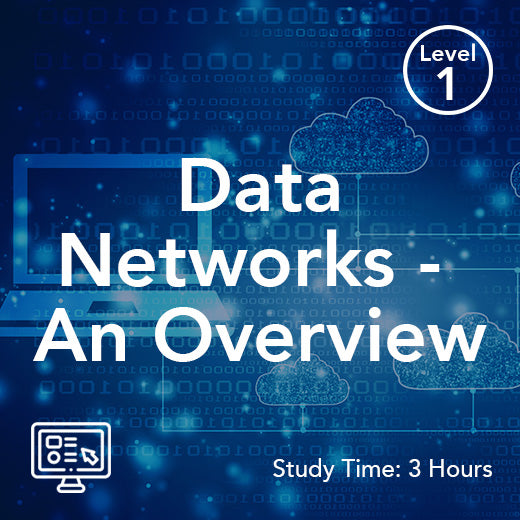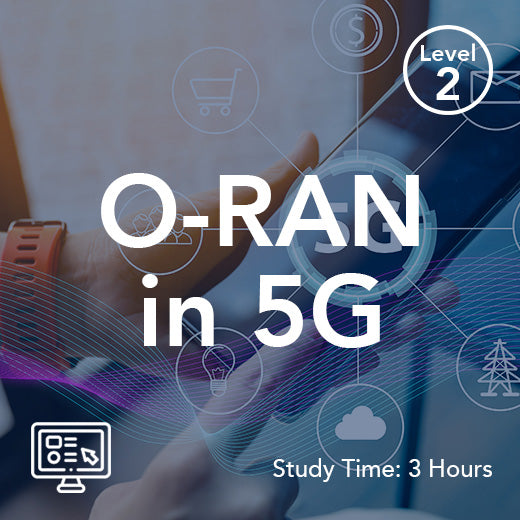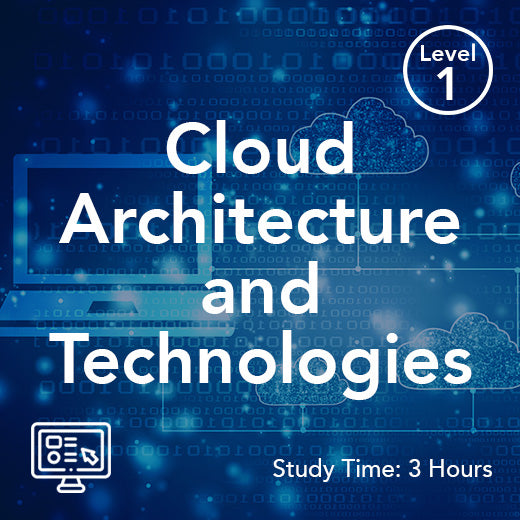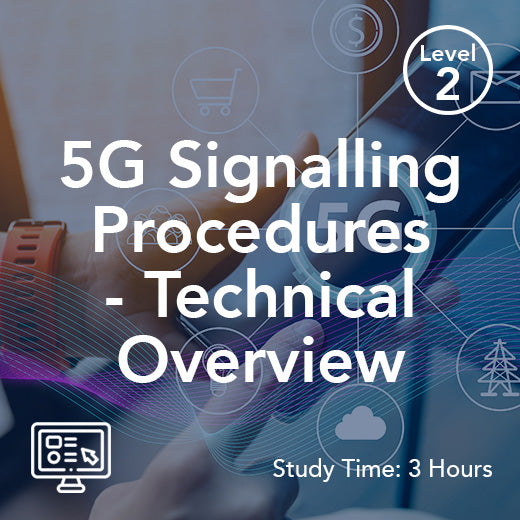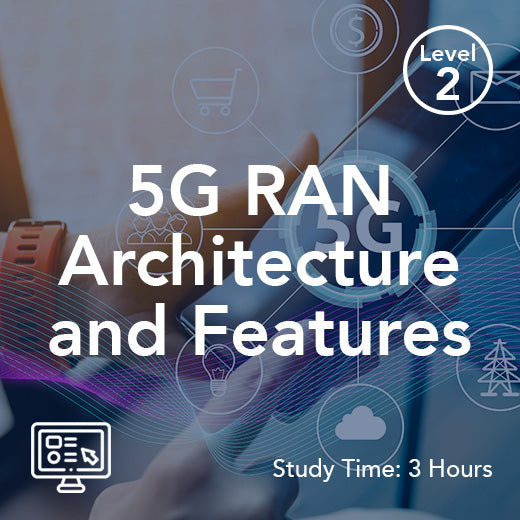Dsrc Özel Kısa Menzilli İletişim
- , by Stephanie Burrell
- 2 min reading time
DSRC veya Özel Kısa Mesafe İletişimi, Birleşik Krallık'taki telekomünikasyon alanında önemli bir teknoloji olarak öne çıkıyor. Sürekli gelişen bağlantı olanakları ve kesintisiz iletişime olan bağımlılığın artmasıyla birlikte, DSRC verimlilik ve güvenilirliğin simgesi haline geliyor.
Modern iletişim sistemlerinin karmaşık ağında DSRC, kısa mesafelerde güvenli ve hızlı veri alışverişini sağlamada hayati bir rol oynar. 5,9 GHz bandında çalışan bu teknoloji, araçlar ve yol kenarı altyapısı arasında kritik bilgilerin iletilmesi için özel bir kanal görevi görür. Yol güvenliği ve verimli trafik yönetiminin en önemli öncelik olduğu Birleşik Krallık'ta, DSRC araçlar ve çevreleri arasındaki iletişimi geliştirmek için güçlü bir çözüm sunar.
DSRC'nin Birleşik Krallık'taki temel uygulamalarından biri akıllı ulaşım sistemleri alanındadır. DSRC, araçlar ve altyapı arasında gerçek zamanlı veri alışverişini kolaylaştırarak, çarpışma önleme sistemleri, şerit takip uyarıları ve kavşak yardımı gibi gelişmiş güvenlik özelliklerinin uygulanmasını sağlar. Bu yetenekler, yol güvenliğini artırmanın yanı sıra, ulaşımın geleceği için büyük umut vadeden, hızla gelişen bir alan olan otonom ve bağlantılı araçların geliştirilmesinin de önünü açar.
Ayrıca, DSRC, Birleşik Krallık yollarındaki trafik akışını iyileştirmede ve sıkışıklığı azaltmada önemli bir rol oynamaktadır. Araçların birbirleriyle ve trafik yönetim sistemleriyle iletişim kurmasını sağlayarak DSRC, uyarlanabilir sinyal kontrolü ve sıkışıklık fiyatlandırması gibi dinamik trafik yönetimi stratejilerini güçlendirir. Bu önlemler, trafik sıkışıklıklarını hafifletmeye, seyahat sürelerini kısaltmaya ve ulaşım ağının genel verimliliğini artırmaya yardımcı olur.
DSRC, yol güvenliği ve trafik yönetimi alanındaki uygulamalarının yanı sıra akıllı şehirler alanında da önemli bir potansiyele sahiptir. Birleşik Krallık genelindeki kent merkezleri daha sürdürülebilir, verimli ve yaşanabilir hale gelmeye çalışırken, DSRC'nin kentsel altyapıya entegrasyonu, insanların şehirler içinde hareket etme ve etkileşim kurma biçimlerinde devrim yaratabilir. Akıllı park sistemlerinden toplu taşıma optimizasyonuna, çevresel izleme ve acil durum müdahale koordinasyonuna kadar DSRC, kentsel ortamlarda yaşam kalitesini artırmak için birçok olanak sunmaktadır.
Ancak, DSRC'nin Birleşik Krallık'ta yaygın olarak benimsenmesinin getirdiği zorluklar da yok değil. DSRC teknolojisinin yaygınlaşmasının önündeki temel engellerden biri, farklı üreticiler arasında standartlaştırılmış protokollere ve birlikte çalışabilirliğe duyulan ihtiyaçtır. Çeşitli tedarikçilerden gelen araçlar ve altyapılar arasında kesintisiz iletişimin sağlanması, DSRC'nin tüm potansiyelinden yararlanmak ve faydalarından geniş çapta yararlanmak için hayati önem taşımaktadır.
Ayrıca, siber güvenlik sorunu DSRC sistemlerinin konuşlandırılmasında büyük önem taşımaktadır. Araçlar giderek daha bağlantılı ve otonom hale geldikçe, kritik iletişim ağlarını hedef alan siber saldırı riski, yol güvenliği ve veri güvenliği için önemli bir tehdit oluşturmaktadır. DSRC sistemlerini kötü niyetli saldırılara karşı korumak ve iletişim kanallarının bütünlüğünü sağlamak için güçlü siber güvenlik önlemleri, sıkı şifreleme protokolleri ve sürekli izleme zorunludur.
Sonuç olarak, DSRC, Birleşik Krallık'ta iletişim, ulaşım ve etkileşim biçimimizde devrim yaratmanın anahtarını elinde tutan dönüştürücü bir teknoloji olarak öne çıkıyor. Yol güvenliği, trafik yönetimi ve akıllı şehir geliştirme alanındaki uygulamalarıyla DSRC, ulaşımın ve kentsel yaşamın geleceğini kökten şekillendirme potansiyeline sahip. Standardizasyon, birlikte çalışabilirlik ve siber güvenlik zorluklarının üstesinden gelerek, Birleşik Krallık, DSRC'nin tüm yeteneklerinden yararlanabilir ve daha bağlantılı, verimli ve sürdürülebilir bir geleceğe giden yolu açabilir.














